1792 is a magical date in the history of Vienna. In that year, a young and talented artist, only 22 years old, arrived from Bonn: Ludwig van Beethoven. “Perhaps he will be able to fill the tremendous void left here by Mozart’s death last year,” some people must have thought.
But eyewitness accounts of Beethoven’s first performances tell us that he received only mixed reactions from the Viennese audiences. They admired his innovative sonorities and amazing improvisations, but were more shocked than pleased by the unrestrained, even hectoring quality of his compositions. No, most of the Viennese greeted this new music with incomprehension. Too blunt, too unconventional, too wild, too assertive. “It cannot be denied that this gentleman goes his own way. But what a strange and laborious way it is. Not a trace of melody, everything sounds like a struggle. There is a constant seeking after strange modulations, unpleasant combinations, and a heaping-up of difficulties so that one loses not only all one’s patience but any possibility of enjoyment.”
Beethoven’s dry response: “They understand nothing.” His time had not yet come. Beethoven, of course was eagerly breaking new ground. That was no less true with the sonatas for cello and piano. In the ten sonatas for violin and piano, Beethoven could look back on an established tradition, and the violin was completely familiar as a virtuoso instrument. The cello, too, had assumed the same role by the end of the 18th century, thanks to barnstorming cellists like Duport, Bréval, Boccherini, and Anton Kraft.
Beethoven was 26 years old when he dedicated his Sonatas op. 5 for cello and piano to King Friedrich Wilhelm II of Prussia. Seven years earlier, Mozart had visited the ruler in Potsdam. Beethoven allowed himself a large measure of freedom in the formal design of these works: for example, in the Sonata op. 5 nr. 2, an expansive Adagio gradually introduces a fast movement, which is followed by another fast movement that concludes the work.
From the very beginning it is clear that Beethoven has a dramatic plan in mind for this sonata. Mood and atmosphere are gloomy, searching, and full of foreboding. Cello and piano carry on a dialogue which suggests that they are planning a complete symphony together. And that ‘symphony’ concerns a world of shadows. Not until the last movement does a kind of dawn appear, and the nightly cares seem to be forgotten. A pleasing balance is established between the instruments. The piano, for Beethoven, remains the typical virtuoso instrument, but it does so without impeding the cello or reducing it to the status of a mere accompanist.
Tracklist
Please note that the below previews are loaded as 44.1 kHz / 16 bit.Total time: 02:14:02
Additional information
| Label | |
|---|---|
| SKU | 22605 |
| Qualities | |
| Channels | 2ch Stereo, 5 Channel Surround Sound, 2ch Stereo & 5ch Surround |
| Artists | |
| Composers | |
| Genres | |
| Mastering Engineer | C. Jared Sacks |
| Original Recording Format | |
| Digital Converters | Grimm Audio AD1, EMM Labs Meitner ADC-8 |
| Editing Software | Pyramix, Merging Technologies |
| Microphones | Bruel & Kjaer 4006, Schoeps |
| Notes | This is the first recording made with Grimm's AD1 converter. |
| Producer | C. Jared Sacks |
| Recording Engineer | C. Jared Sacks |
| Recording location | December 2004, Muziekcentrum Frits Philips, Eindhoven, The Netherlands |
| Recording Type & Bit Rate | DSD 64 |
| Speakers | Audio Lab, Holland |
| Violoncello | 1760, by Giovanni Battista Guadagnini |
| Instruments | |
| Release Date | May 22, 2020 |
Press reviews
Classics Today
These works have been well served on disc. This set certainly belongs among the great ones, and it offers sonics of breathtaking naturalness and realism.
Pieter Wispelwey and Dejan Lazic work exceptionally well together. Two strong-willed artists, everything that they do serves the music, not least in the three sets of variations, which are chock-full of personality and clear delight in Beethoven’s early compositional virtuosity (the set based on Handel’s “See the conqu’ring hero comes” is especially impressive). In the two early sonatas, with their curiously structured slow-fast-fast form, Lazic and Wispelwey take care to differentiate the two successive quick movements in terms of both tempo and character so as to maximize each work’s scheme of contrasts.
In Op. 69 it’s wonderful to hear how much drama they bring to the long opening movement, with vivid dynamic contrasts that at the same time never compromise the music’s basic pulse. Listen to how sensitive Lazic is to the need to back off in the exposition’s triplet theme so that the low notes of the cello don’t get buried. Or consider the duo’s magnificently moving realization of Beethoven’s “con molto sentimento d’affetto” designation in the adagio of Op. 102 No. 2.
This is great playing by any standard, made all the more enticing by Channel Classics’ state-of-the-art sonics both in stereo or 5.0 multichannel surround formats. Discrete microphone placement never distorts the ideal balances that the players bring to their music-making, but at the same time, particularly in DSD Multichannel Sound, the performances have a vividness and three-dimensionality that sounds positively uncanny at times. A magnificent achievement on all fronts.
AllMusic
How good is Pieter Wispelwey and Dejan Lazic’s 2005 recording of Beethoven’s complete works for cello and piano? Easily as good as it gets.
Wispelwey has a subtle tone, a full sound, and a flawless technique coupled with keen musical intelligence and a wonderfully soulful expressivity. Nothing in Beethoven’s music is beyond him, not the technical difficulties, not the emotional depths, not the spiritual heights, not even the side-splitting humor. Wispelwey tears into the central Allegro molto piú tosto presto from the early G minor Sonata, rips into the Scherzo of the central A major Sonata, probes the depths of the Adagio con molto sentimento d’affeto in the late D major Sonata, and laughs all the way to the final double bar in the Ein Mädchen oder Weibchen Variations.
With Dejan Lazic’s virtuosic but circumspect accompaniment, Wispelwey’s performances should be heard by anyone who loves Beethoven’s cello works or simply brilliant and spirited playing. Channel Classics’ sound is clear, warm, and real.
1 review for Beethoven Complete Sonatas & Variations [Double Album]
Only logged in customers who have purchased this product may leave a review.
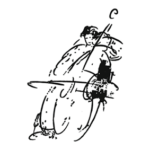
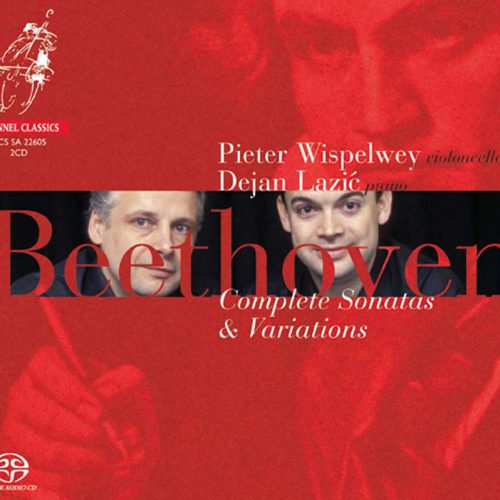
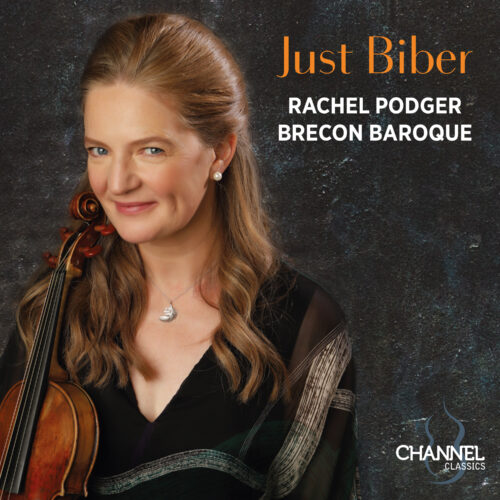
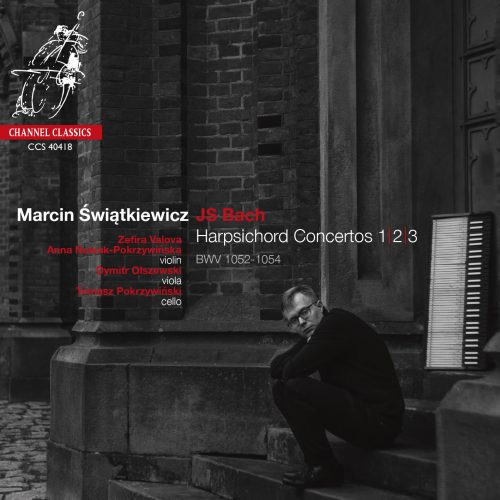
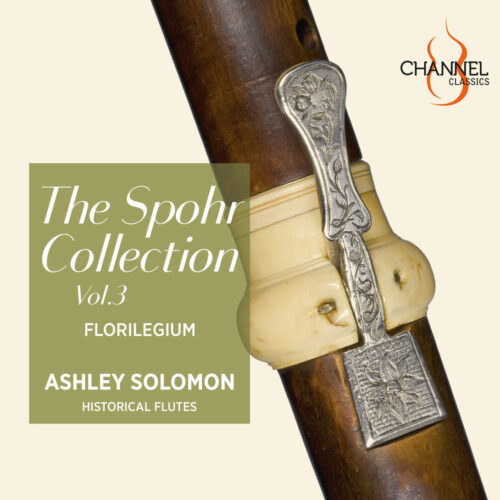
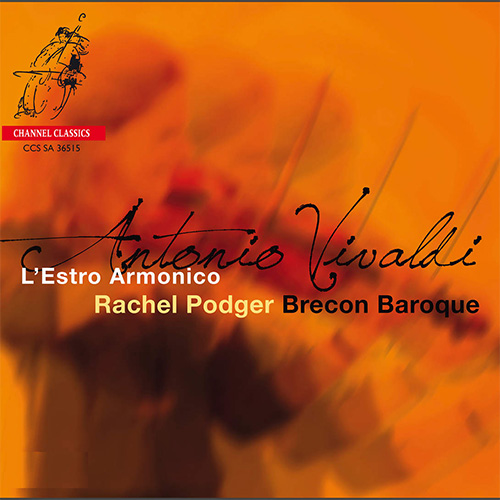
I was very impressed with the performance. Beethoven’s energy and nuance are conveyed masterfully.
The recording quality is amazing. The only mishap by sound engineers was the recording of “Sonata No. 1 in F Major”. The microphone buzzing noise is vividly present in the background. The rest is immaculate.
Juri Voloshkin (verified owner) –